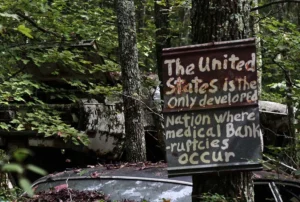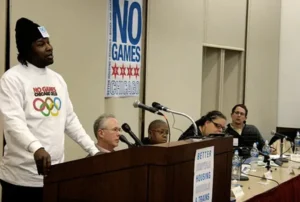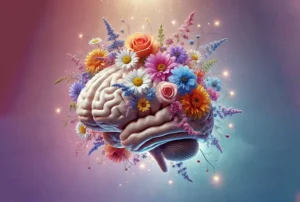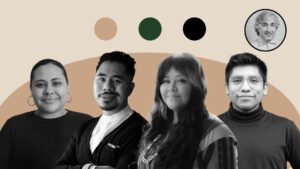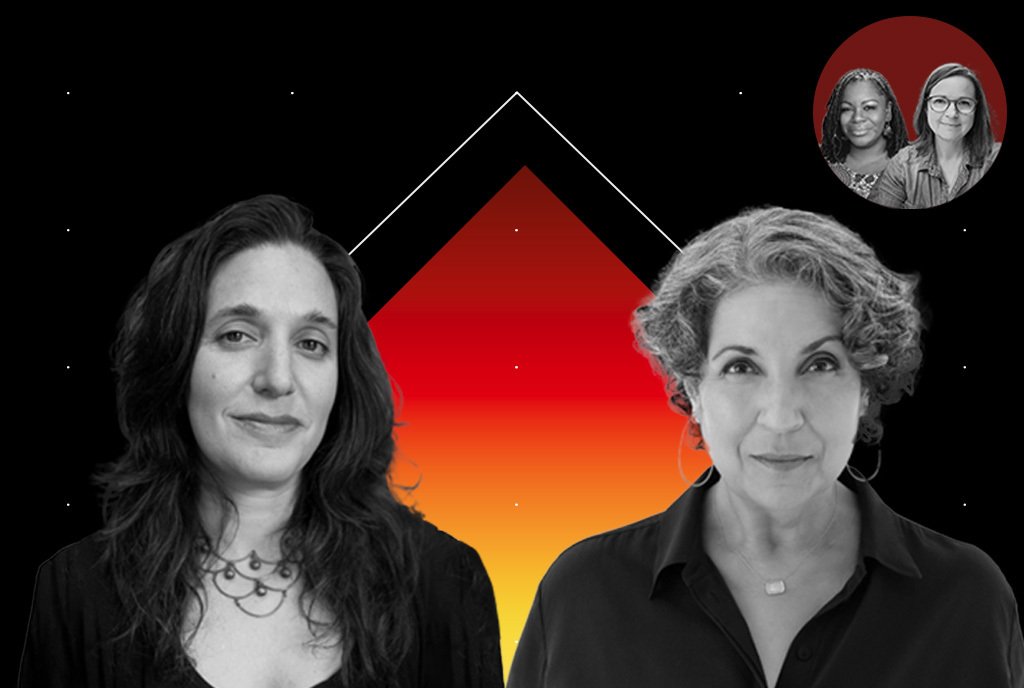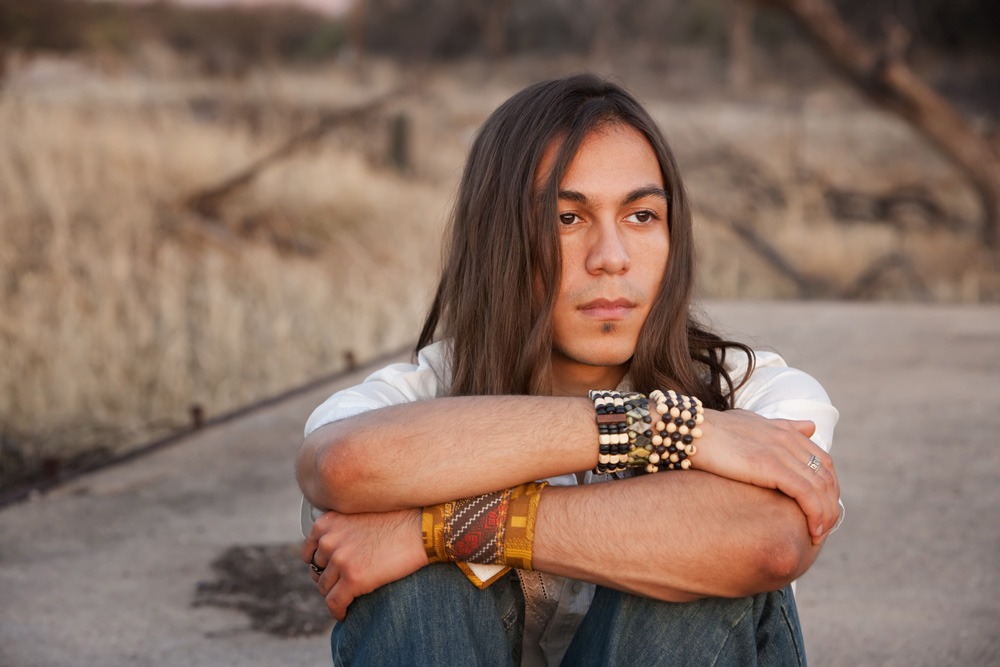
This article is the fifth article in our series—The Promise of Targeted Universalism: Community Leaders Respond—that NPQ is publishing in partnership with the national racial and economic justice nonprofit Prosperity Now. In this series, writers will examine how targeted universalism—a narrative framework that advocates the use of targeted approaches to achieve universal goals—can inform efforts to close the racial wealth gap, community by community.
One of our dear friends, a Hawaiian elder, likes to start any presentation she gives to her Indigenous partners with this call to action: “No one is coming to save us.” After watching federal policy systematically strip away assets, while philanthropy excludes and potential allies ignore Native America, it is very easy to see how she has come to this conclusion.
Indeed, Native peoples in the US often are invisible. In the 2020 election cycle, Native communities found themselves categorized by CNN as “Something Else” in its election reporting. As it happened, high voter turnout in this “Something Else” demographic turned states that voted red in 2016 blue, most notably in Arizona and Wisconsin.
This invisibility makes it hard to respond to proposals for frameworks such as targeted universalism. How do you figure out if you fit if your existence is not acknowledged? We’re still fighting to protect our sacred land and water. And we have a call to action for thousands of missing and murdered Indigenous women. Our lives, economies, and land are afterthoughts—if we’re lucky—to mainstream US society and philanthropy.
This invisibility extends to a lack of data. Federal data on Native American wealth is not available. In fact, the last time that we saw national research that included Native Americans in the conversation a decade ago, Native families only held eight cents of wealth for every dollar owned by the average white American household.
But there is good news too. Our Native communities are not idly waiting for saviors. We’ve survived for 500 years since colonization began and have organized fierce political and economic justice movements. The American Indian Movement, cultural revitalization efforts, and the growth of tribal enterprises all showcase the resilience of Native peoples, our collective commitment to our tribal nations and populations, and our determination to thrive and prosper.
A Growing Native CDFI Movement
We at Oweesta—a national Native community development financial institution (CDFI) intermediary—have been privileged to watch the birth, growth, and increasing maturity of the Native financial sovereignty moment. Led by Native CDFIs, the Native financial sovereignty movement acknowledges that nothing will change for Native communities without Native families having access to homeownership and Native small businesses having access to capital.
The Native CDFI movement is now 70 certified Native CDFIs strong and grows in momentum, scale, and size each day. These Native CDFIs represent diverse Native nations ranging from Hawaii to Maine, and yet, we remain deeply connected and more similar in model than disparate. These community-driven financial institutions help their borrowers navigate the bureaucratic systems steeped in inequities that continue to sideline—and redline—Native communities.
Native CDFIs are fighting to change exclusionary financial practices every day. Relying on community-driven lending products and deeply accountable to their communities, Native CDFIs operate under a relationship-based lending model. Despite longstanding misconceptions about the risk of lending in Indian County, Native CDFIs often hold lower write off and delinquency rates than conventional banking institutions. In 2020, our Native CDFI partners deployed more than $71 million, most in the communities underserved by all the federal relief programs such as the Paycheck Protection Program (PPP). Even in the throes of the pandemic, the average Native CDFI write-off rate for our borrowers was one percent and their delinquency ratio (more than 90 days late) was just 3.9 percent. In short, the Native families and small businesses that borrow from Native CDFIs meet their payment obligations far more often than not.
Native CDFIs regularly credit the strength of these lending programs to the in-depth technical assistance and training they provide. Despite the high cost of these services in a world focused on financial efficiency, Native CDFIs persistently invest in one-on-one relationships with their borrowers, providing high-touch counseling and support services. For example, earlier this year Oweesta became a US Department of Housing and Urban Development (HUD) housing counseling intermediary serving the Native Homeownership Network, a network of Native CDFIs and non-profits.
In addition to working to serve those excluded by the financial mainstream, our Native CDFIs are also working to attract traditional lenders to also help finance projects in their communities. For example, Native CDFIs have been working hand in-hand with the federal Bureau of Indian Affairs for years to help streamline the leasehold mortgage process, the process under which land titles are recorded on tribal trust lands. The changes that accompany these efforts are slow but are building momentum over time. The result has been a veritable revolution in capital access for many Native families and small businesses.
So, while we have no expectation of others joining our movement, we will continue to invite partners to learn about, invest in, and truly see Native America.
Visibility and Partnership
It is not too late. It is better to come to a party late, with no RSVP, than to not come at all. This article is written by two women—a Native American woman and a white woman—who have been working together for more than 10 years. We have seen so many things that once seemed impossible occur: obtaining our first large-scale unrestricted grants from funders who trust us, partners coming to view the Native leadership of our organization as the asset that it truly is, and now, finally having enough access to capital to say, “Wow! What else can we do for our communities?”
Sign up for our free newsletters
Subscribe to NPQ's newsletters to have our top stories delivered directly to your inbox.
By signing up, you agree to our privacy policy and terms of use, and to receive messages from NPQ and our partners.
And yet, there is still so much to do. Even as foundations and corporations roll out some of the largest philanthropic commitments to racial equity ever seen, Native America is often excluded. Native American families and small business should not be an asterisk in racial justice conversations.
Learning from Partner Communities
At Oweesta, one thing that has been transformative for us is coming to see—and understand—communities beyond our own. For example, Oweesta is part of a coalition of six CDFIs called Partners for Rural Transformation. The members of our coalition are working in the Mississippi Delta, Appalachia, the Deep South, the Rio Grande Valley, the rural West, and Native America. Over the past five years, this coalition has built deep partnerships to tackle the challenge of persistent poverty head on.
For context, 21 million people in the US live in persistent poverty counties—where the poverty rate has exceeded 20 percent for more than three decades. Of these persistent poverty counties, 80 percent are rural, and 60 percent of residents are people of color.
The products that each of these organizations provide are as diverse as the communities being served, uniquely tailored to the community needs. The loans financed by the members of the coalition help build homes, provide clean drinking water, and help small business startups, among other location-based innovations.
At Oweesta, we have learned much from the interchange of experiences and information. Through our partnerships, we have stood on the border with our allies during one of the largest refugee crises in human history. We have come to understand the parallels in the struggle against asset-stripping in Appalachia by the coal industry with our own resource struggles in Native America. This kind of partnership takes deep commitment, time, and transparency, but it has made us stronger in countless ways.
Because of Partners for Rural Transformation, product innovations piloted at the border now have a mechanism to jump to Native communities. At Oweesta, we have been introduced to new philanthropic partners and joined collaborative fundraising efforts. Oweesta’s capacity for systems-change work has grown exponentially through partnering with these incredible organizations that have entire departments dedicated to research and advocacy.
Our shared values as organizations serve as the foundation of our work together. Deeply committed to equity, collaboration, inclusion, and innovation, we work well together not despite the diversity of our communities and staff, but because of it. While our loan products are uniquely adapted to our communities, our Partners all deeply value building community-based leadership and sharing local voices as we seek to increase the flow of capital and empower local communities.
Speaking Our Truth with Purpose
One of our favorite things about this moment is watching our allies more broadly learn to share the history of Native America with the passion that only can come from speaking the truth. From the nation’s faulty Thanksgiving Day stories, to Columbus Day, to racially slurred mascots, we realize that everything about US society pushes the internalization of harmful myths: it is not common outside of Indian Country to speak truthfully of Native America.
This whitewashing of the truth has historically made Oweesta’s role as a CDFI intermediary an especially difficult needle to thread. We are called on to speak truthfully with power and purpose, and yet not ostracize those who hold access to the resources that our communities so desperately need. However, the current moment—stemming from the Black Lives Matter marches and protests of 2020—has given our allies new language to address the gross inequities that inform the context of our work, helping strengthen our collective voice and power.
We are also learning to state our case in new ways: what is good for Native Americans is good for all Americans. While this feels like it should be an obvious statement in both its moral truth and pragmatism, it is not intuitive for many. Maybe here, in this recognition of our common humanity, there is room for discussion of adopting universal goals, even as we preserve the vast cultural diversity that characterize the 574 federally recognized nations that constitute Indian Country.
As to the moral imperative, in Lakota, you would say it this way: Mitakuye Oyasin—we are all related. This belief is held sacred in almost every Indigenous community in the country. Our liberation, survival, and strength rely on one another. What is good for tribal nations is good for our states, our country, and the world. We welcome all potential allies. We are as committed to the health of your community and your spirit as we are to our own.
Mitakuye Oyasin.



